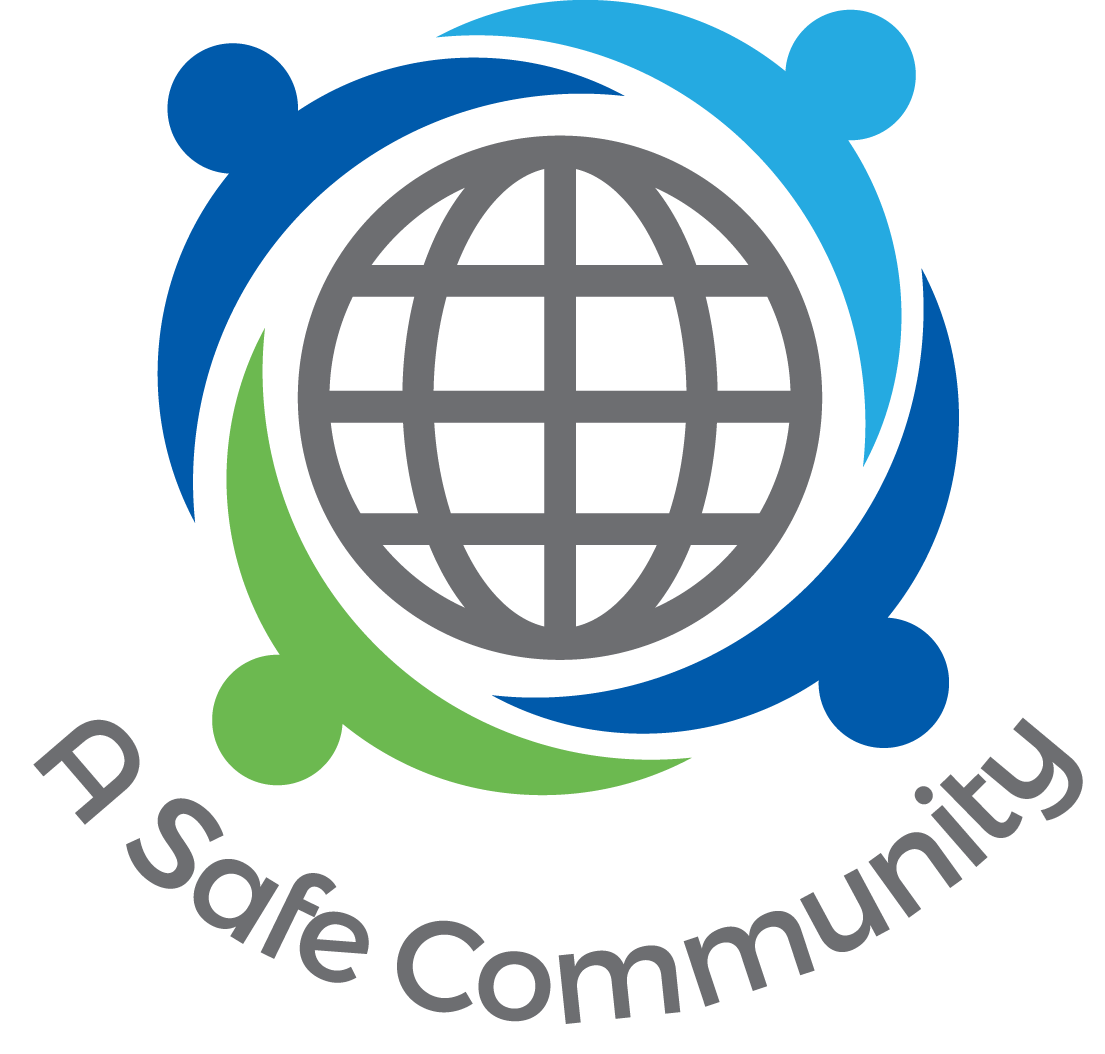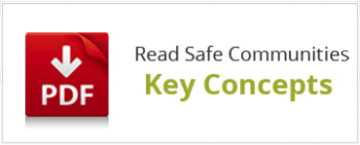Become a Safe Community
Safe Communities is a World Health Organisation (WHO) concept that recognises safety as "a universal concern and a responsibility for all". This approach to safety promotion and injury prevention encourages greater cooperation and collaboration between non-government organisations, the business sector, central and local government agencies, and creatively mobilises local community members to action. WHO Safe Communities model creates an infrastructure in local communities for addressing injury prevention initiatives through the building of local partnerships. It is a programme that was initiated in Sweden by the WHO Collaborating Centre on Community Safety Promotion at the Karolinska Institute for Social Medicine (www.phs.ki.se/csp). SCFNZ is an International Support Centre for the WHO CCCSP and works collaboratively with other key stakeholders to further support the development of injury prevention and safety promotion. It provides support for the Safe Community Accreditation Programme and an opportunity for all relevant stakeholders to increase collaboration and action on injury/crime prevention and safety promotion.
Pan Pacific/New Zealand Safe Community
Overview
- Contact SCFNZ for guidance and support.
- Become familiar with the Pan Pacific/New Zealand Safe Community indicators.
- Submit a Letter of Intent to SCFNZ.
- SCFNZ will invoice the community for entire process and appoint a key contact person.
- Submit your draft documentation to SCFNZ.
- Feedback will be provided on draft within 14 working days.
- Submit final application document.
- Receive feedback on your application from the SCFNZ team of reviewers.
- Host a site visit to demonstration community safety efforts for the Certifier/Review Team.
- Conduct a ceremony celebrating your official accreditation.
Accreditation Requirements
Communities seeking Pan Pacific/New Zealand accreditation must meet the following six indicators based on the WHO Safe Community model and adapted for Pan Pacific/New Zealand:
- Leadership and Collaboration: Demonstration of leadership by a coalition or group focused on improving community safety.
- Programme Reach: The range and reach of community safety programmes operating throughout your community/region, including an indication of the extent to which they are based on proven or promising intervention strategies.
- Priority Setting: Demonstration of programmes that target and promote safety for high risk/vulnerable groups and environments.
- Data Analysis and Strategic Alignment: Analysis of available safety (injury, crime, violence and safety perception) data for your community/region and how they align with established national/regional priorities and action plans.
- Evaluation: Outline of expected impacts and how they are being measured or evaluated.
- Communication and Networking:
Demonstration of community engagement with relevant sectors of your community/region and on-going participation in local, national and Pan Pacific Safe Communities Networks is required.
Any questions about the application or the process,
please email contact@scfnz.org or phone (09) 488 7601


